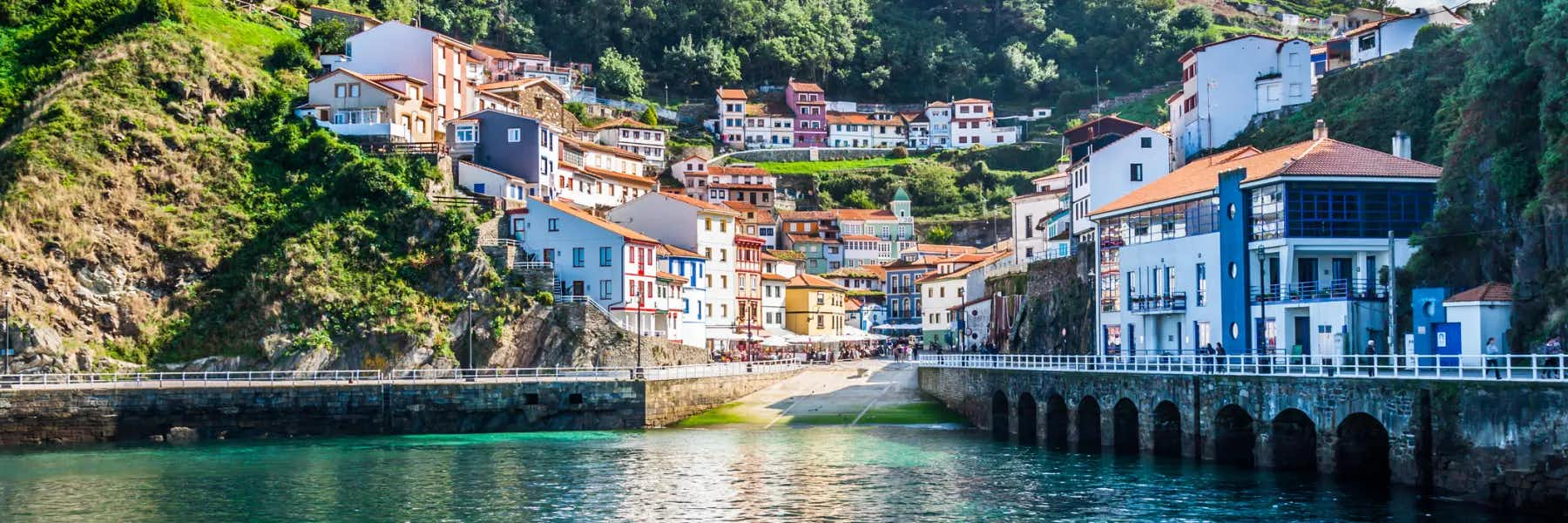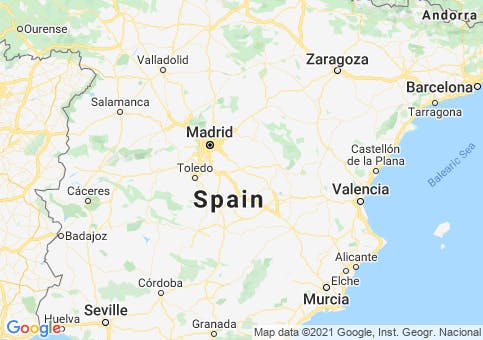By Sally Pederson
One of the most historic regions in Spain is Asturias. To the east of Asturias is Cantabria, to the south is Castile-León, and to the west is Galicia. Just like these three, Asturias is an autonomous community in northwest Spain. Asturias takes pride in having extensive greenery and lush vegetation. More than four-fifths of the area is covered with mountains, making this region part of "Green Spain."
Asturias has three major cities: Oviedo, Gijon, and Aviles.
In the Principality of Asturias, Oviedo is the capital. It is known as a cathedral city and has existed since the Roman period and beyond. This city has a rich architectural history as most buildings have been around since the early medieval times. Its population is less than a quarter-million people despite being the capital of Asturias.
Gijon is the biggest city in Asturias. This dynamic city used to thrive in steel and naval industries. It was also a Roman settlement before. Today, it is known as a tourist, university, commercial, and R&D center. The small villages are preserved and contribute to the overall charm of the place.
Aviles is a commercial town close to popular beaches like Salinas. What used to be an old seafaring and farming town is now a modern city and a major iron and steel center. This city boasts streets, plazas, and stone houses featuring civil and religious architecture. It also has plenty of other attractions, most notably the magnificent Centro Niemeyer, which easily appeals to tourists.
Asturias was the first independent Christian kingdom of the European peninsula. The kingdom had twelve kings between 718 and 910. The first king was Pelayo, while the last was Alfonso III. In between the years, this kingdom witnessed many battles that would greatly contribute to the social and geographical evolution of the Iberian Peninsula and to what Spain is today. Compared to other parts of Spain, Asturias only went through a few occupations throughout the ages. It was briefly reigned over by Leon but was eventually re-established during the 14th century. Asturias has a strong fishing heritage.
Moreover, the region was a major steel producer throughout the 20th century boasting an international reputation and production level. In 1982, Asturias was declared as one of the autonomous communities in Spain. The region also has significant political control within its borders.
The climate in Asturias is usually cool and damp, as the Atlantic Ocean influences it. Summers are cool and cloudy, while winters can be quite mild and rainy. This region has plenty of annual rainfall, and fog is common all year round. Although rare, snow occurs mainly in inland hilly areas and the mountains. The best time to visit this autonomous community is summer, from June to the first half of September. Although these are the driest and sunniest months of the year, don't be surprised by some drizzle and short showers.
The only international airport in Asturias is Asturias Airport (OVD). While it mostly has domestic flights, the airport also welcomes some international flights. You can fly to this region directly from Madrid, Barcelona, Paris, or London. Also, the airport is easily accessible by bus from the three main cities. The cities are compact and can easily be explored by walking. You can also ride a bus or taxi to get around.
Get Your Free Spain Report Today!
Get Your Free Spain Report Today!
Learn more about the lower cost of living in Spain and other countries in our free daily postcard e-letter. Simply enter your email address below and we'll also send you a FREE REPORT — Live the Good Life in Sunny, Affordable Spain.

By submitting your email address, you will receive a free subscription to IL Postcards and special offers from International Living and our affiliates. You can unsubscribe at any time, and we encourage you to read more about our Privacy Policy.
Lifestyle in Asturias
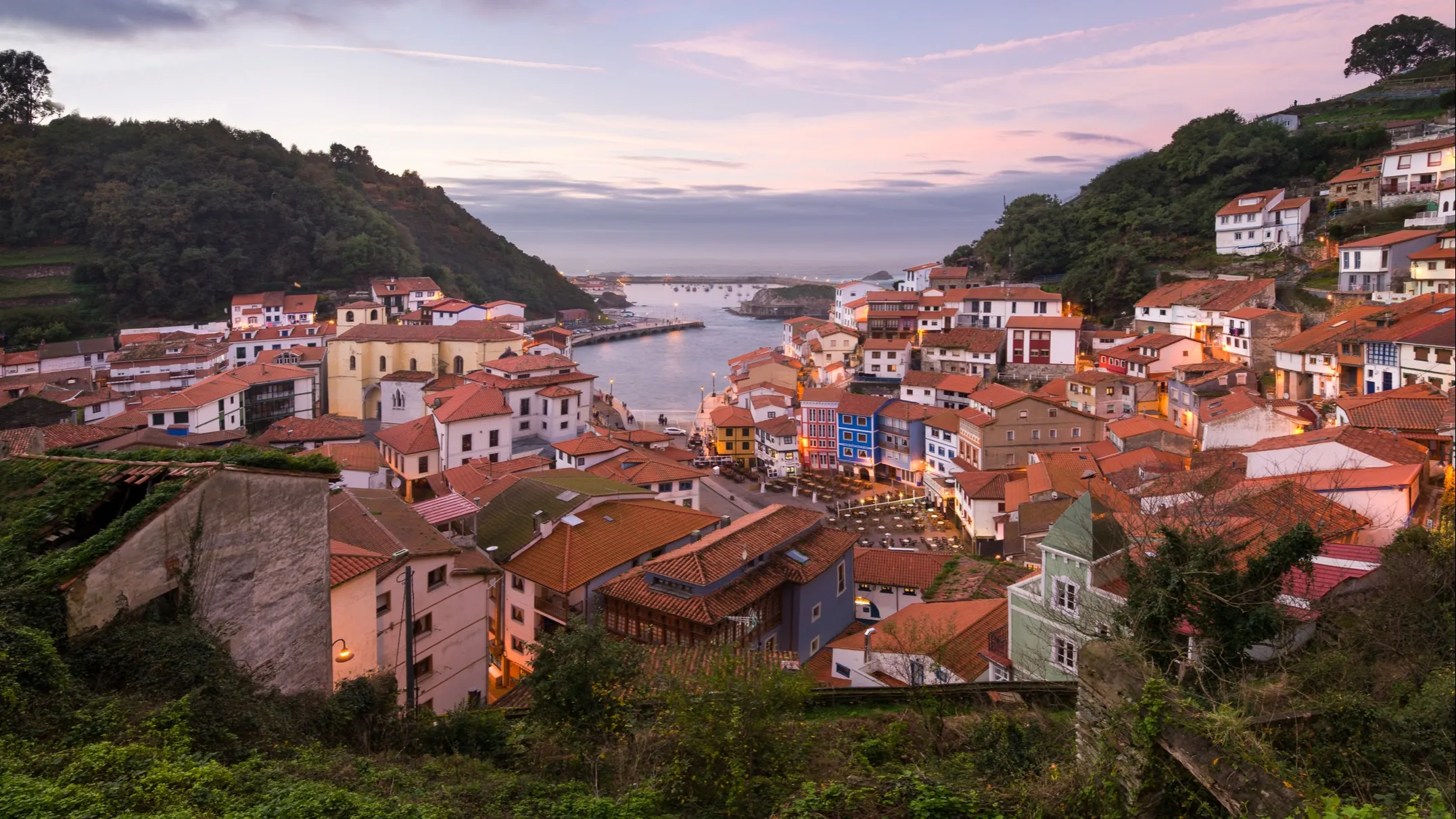
In the north of Spain there is an ancient territory named Asturias. This autonomous community is surrounded by Castile-León in the south, Galicia in the west, and Cantabria in the east. Asturias was the first Christian kingdom of the Iberian Peninsula and had 12 kings. Then, it became a principality in the 14th century. Today, it draws in crowds for its lush landscape, attractions, gastronomy, and more.
Asturias wouldn't be a part of Green Spain for nothing. The Asturian territory is filled with grandiose valleys and mountains, as well as grasslands and forests. Asturias takes pride in being the single-province Autonomous Region with the most Biosphere Reserves in Spain, with a total of seven. One of Asturias's Biosphere Reserves, the Picos de Europa National Park, is the oldest in Spain. The area's rich sources of nature offer multiple tourism activities like hiking, horseback riding, observing flora and fauna, and more. The region is also very much alive as winter approaches. Locals and tourists rush into the mountain and ski resorts during this season to enjoy a variety of winter sports.
The cultural beauty of Asturias is also what makes the region more appealing. Asturias has five caves, all of which are declared Heritage of Humanity by UNESCO. These caves feature some of the most stunning Rupestrian Art samples in the entire European continent. The castros, a Latin word for "castles," are also preserved in the region. They make for excellent attractions as they are placed in strategic points wherein visitors can take in panoramic views of the town. The Roman roads also offer incredible landscape views.
The three major cities are the most populated ones in Asturias. They are comfortable and pleasant to visit and live in. These three cities make up a glamorous triangle, offering both locals and tourists easy exploration opportunities. In fact, they are ideal to explore on foot. People in Asturias also love celebrations. The region gathers everyone for gastronomic traditions, significant festivities, and other kinds of fiestas and events.
Did you know that Asturias is the first cheese-making area in Europe? To this day, every county, valley, and village makes its own type of delicious and healthy handcrafted cheese. Famous cheeses made in Asturia include Afuega'l Pitu, Cabrales, and Gamonéu. The perfect location of Asturias near the Cantabrian sea makes it effortless for the region to get its seafood supply. The best fish and shellfish complete Asturian recipes.
Meanwhile, Asturian cider is symbolic in the region as it symbolizes social relationships, music, and a lot of culture. It is typically served the "escanciar" way. This means that the server will hold the bottle in one hand above the head and pour the cider into a wide, special glass placed under the hip level. Moreover, pairing local specialties with a glass of Asturias's divine wine delivers ultimate pleasure.
Places to Live in Asturias
Asturias is a natural paradise—home to rugged coasts and mountains. It is also filled with religious sites and medieval architecture. This beautiful destination is not only for vacationers but is also ideal for living. The region's latest population count is over 1 million. It has three major cities, namely Oviedo, Gijón, and Avilés.
Oviedo
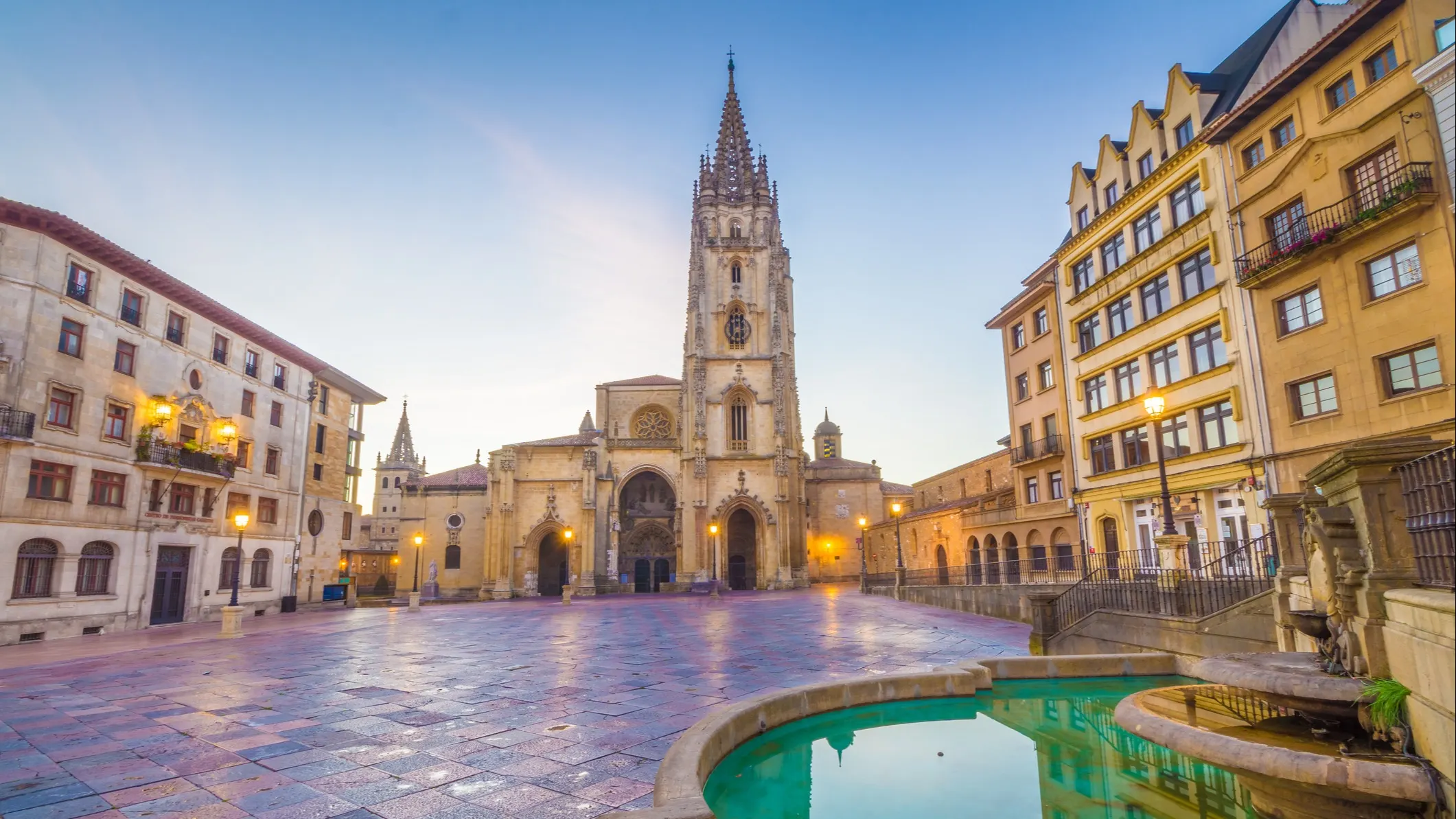
Oviedo is the capital city of Asturias. The elegant city is set on a hill with mountains as its background and is about 18 miles southwest of Gijón. It features many architectural sites, most of which date back to the early medieval period. It was also featured as the location used for Woody Allen's movie Vicky Cristina Barcelona. The parks and public spaces are well-maintained. Plus, there are plenty of old and modern universities offering various fields of study and programs. Cultural events are also held here every year. The economy in the Asturias capital relies on coal and iron mining. Other thriving industries include food processing and light manufacturing, namely weapons.
Gijón

Gijón has the largest population among all the cities in Asturias. This lively city can be found on the coast of the Cantabrian Sea in the Bay of Biscay. Many examples of its Roman past are visible in the area, such as the old Roman walls and the finest preserved Roman baths called “The Campo Valdes Roman Baths.” It is also considered an artistic city, filled with sculptures, street art, galleries, and more. It even boasts monthly cultural events. Puerto del Musel, a top coasting trade source and international port of call, is Gijón's seaport. Major industries in this city include food processing, liquor distilling, petroleum refining, steel, iron, and chemical manufacturing. Gijón is also known as the leading summer resort on Costa Verde.
Avilés
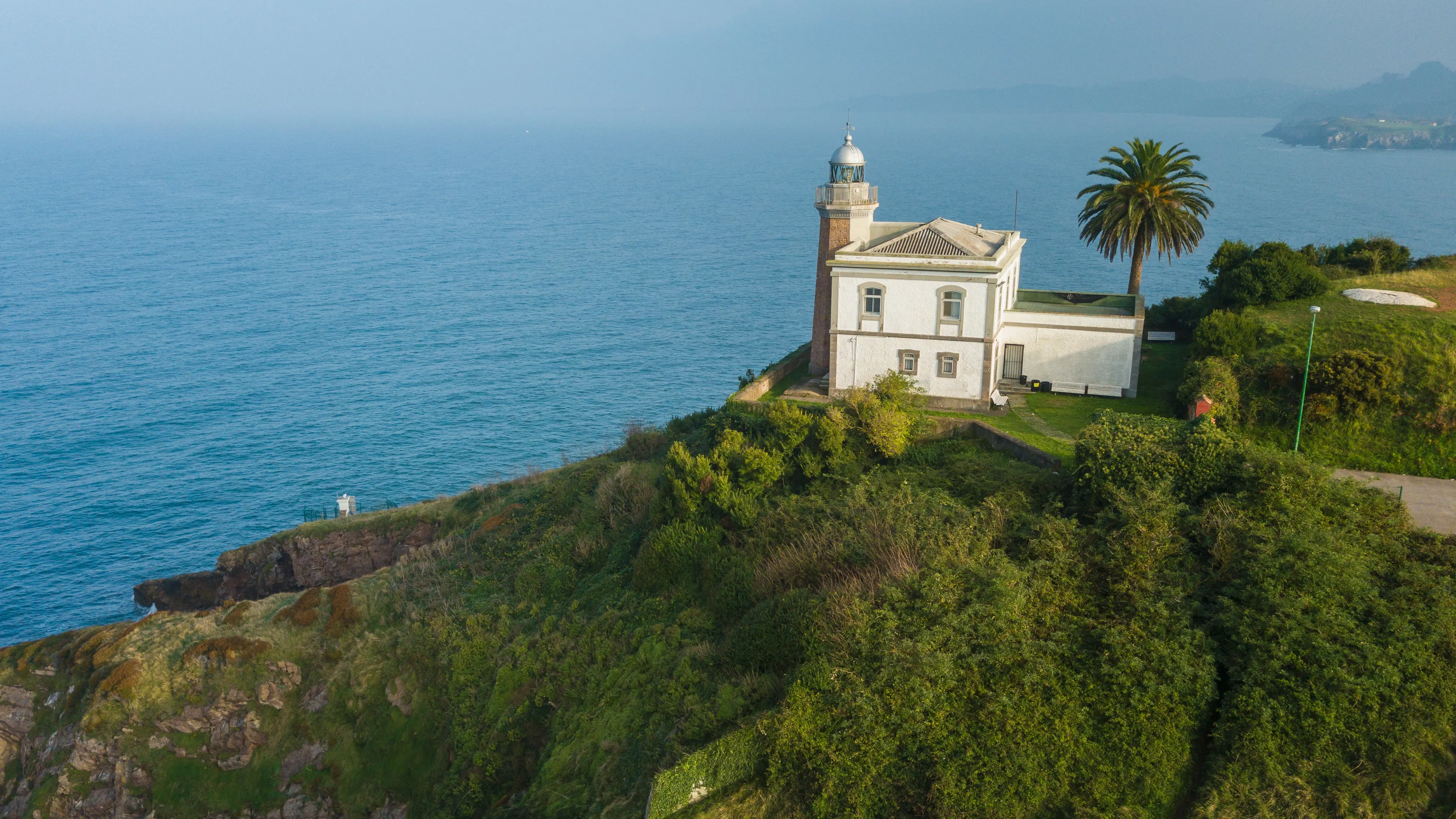
Avilés is a calm and relaxed town in Asturias. It is mainly an industrial city with nearby factories from giant international steel and chemical markets. However, it also takes pride in having a full line of mansions, arcaded houses, churches, fountains, and gardens. In the heart of the town, you'll be welcomed by a busy port, lovely beaches, an incredible art scene, and charismatic people. Moreover, the city is easily accessible as it's just 10 minutes from Asturias Airport. The town has plenty of historic buildings featuring various architectural styles. There are also tapas bars, taverns, and restaurants lining the streets. Locals love to celebrate parties and host lunch on the streets. The economy depends on the iron and steel industries. The city also exports coal from Asturias's mines.
Other samll towns in Asturias include:
Siero
Langreo
Mieres
Castrillón
San Martín del Rey Aurelio
Corvera de Asturias
Villaviciosa
Llanes
Grado
Pravia
Get Your Free Spain Report Today!
Get Your Free Spain Report Today!
Learn more about the lower cost of living in Spain and other countries in our free daily postcard e-letter. Simply enter your email address below and we'll also send you a FREE REPORT — Live the Good Life in Sunny, Affordable Spain.

By submitting your email address, you will receive a free subscription to IL Postcards and special offers from International Living and our affiliates. You can unsubscribe at any time, and we encourage you to read more about our Privacy Policy.
Things to Do in Asturias
The rugged coastline of northwest Spain has lots to offer. This autonomous community between Galicia and Cantabria has lush countryside, immense cliffs, and glacial mountains. There are plenty of destinations to visit in this region. We've divided the attractions into different categories for better classification.
Beaches
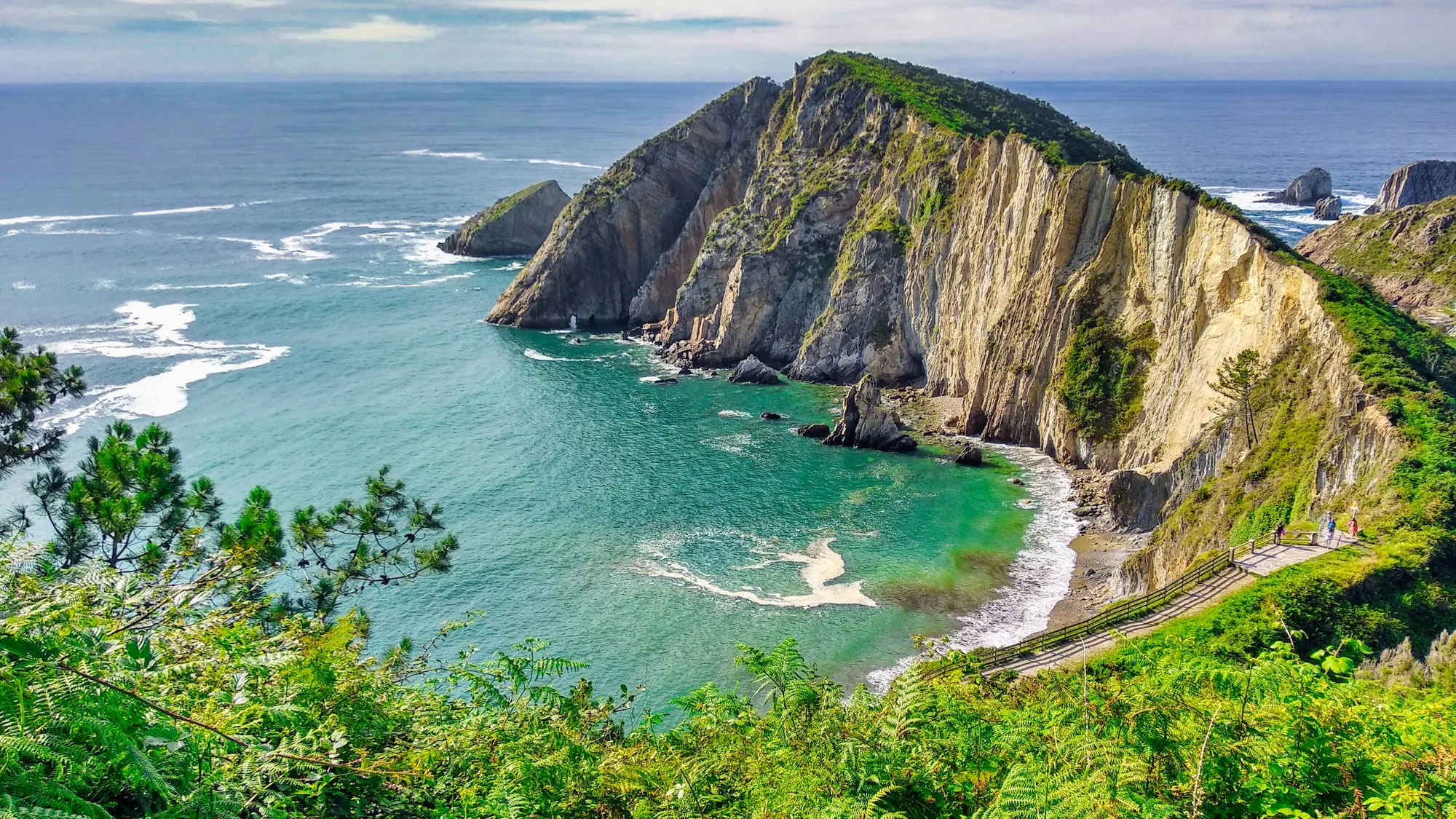
Silencio Beach
One of the most beautiful beaches in Asturias, boasting turquoise waters and smooth, white pebbles is the Silencio Beach. Its background of rocky cliffs and crescent shape adds to the overall beauty of the place. Here, you can find peace as you stroll along the water's edge. Accessing this beach can be challenging, but the astonishing seascapes and landscapes are all worth it. Note that there are no supporting facilities in the area, so it's best to bring a light picnic with you on your visit.
Gulpiyuri Beach
A hidden beach set beside a hillside, the Gulpiyuri Beach is a hidden gem in Asturias. The beach is located between the villages of Ribadesella and Llanes. Because it is a sinkhole beach beneath rocky hills, getting there can be a bit difficult. However, setting foot on the world's smallest beach is rewarding. While on this beach, you can catch sightings of seagulls and cormorants flying overhead. Take in picturesque views while listening to the humming of the sea. The kids will enjoy the still waters and you’ll have peace of mind as the water is calm and shallow.
San Lorenzo Beach
Some of the most splendid surf spots in Spain can be found in Asturias, one of which is the Playa de San Lorenzo. This crescent-shaped beach comprises Gijón Bay and is also recognized as one of the most beautiful in Northern Spain. It is a paradise for sports enthusiasts as the beach's waves are perfect for surfing, windsurfing, or sea kayaking. The beach also has beach soccer and volleyball courts. Plenty of restaurants and bars can be found within the area.
Nature

Bufones de Pría
Another natural wonder to explore in Asturias is the Bufones de Pría. They are massive geysers on the Asturias coast. The blowholes result from a natural phenomenon through the erosion of the sea and rain on the limestone, which formed cracks and chimneys connecting the sea with the land. The show begins when waves hit the cliffs above. During windy days, the waves can hit as high as 33 feet. Walking the clifftop hiking route in the town of Llanes to visit this place is also a great excursion.
La Cuevona
Vacationers headed towards Cuevas del Agua can find a natural cave called La Cuevona. This vast cavern serves as the only access going to the village. It is 0.18 miles long and has an asphalt surface road. While cars can pass by it, it's not a recommended route during a busy period as the road is narrow. People who choose to walk can have a closer look at the cave's stalagmites, stalactites, flowstones, and columns. The cave also has many formations of rock structures and artistic nature carvings. Note that you need to wear a fluorescent jacket if you're going to walk here.
Alto de L'Angliru
Another fantastic route to pass through is the Alto de L'Angliru. This extraordinary countryside route runs through the Sierra del Aramo range in the Cantabrian Mountains of Asturias. It is a steep mountain road that is considered a demanding climb. Cyclists who love a challenge will definitely love this road. Just make sure to be extra careful during your journey. Reaching the peak at 5,160 feet above sea level will give you some of the finest views of the town.
Architecture
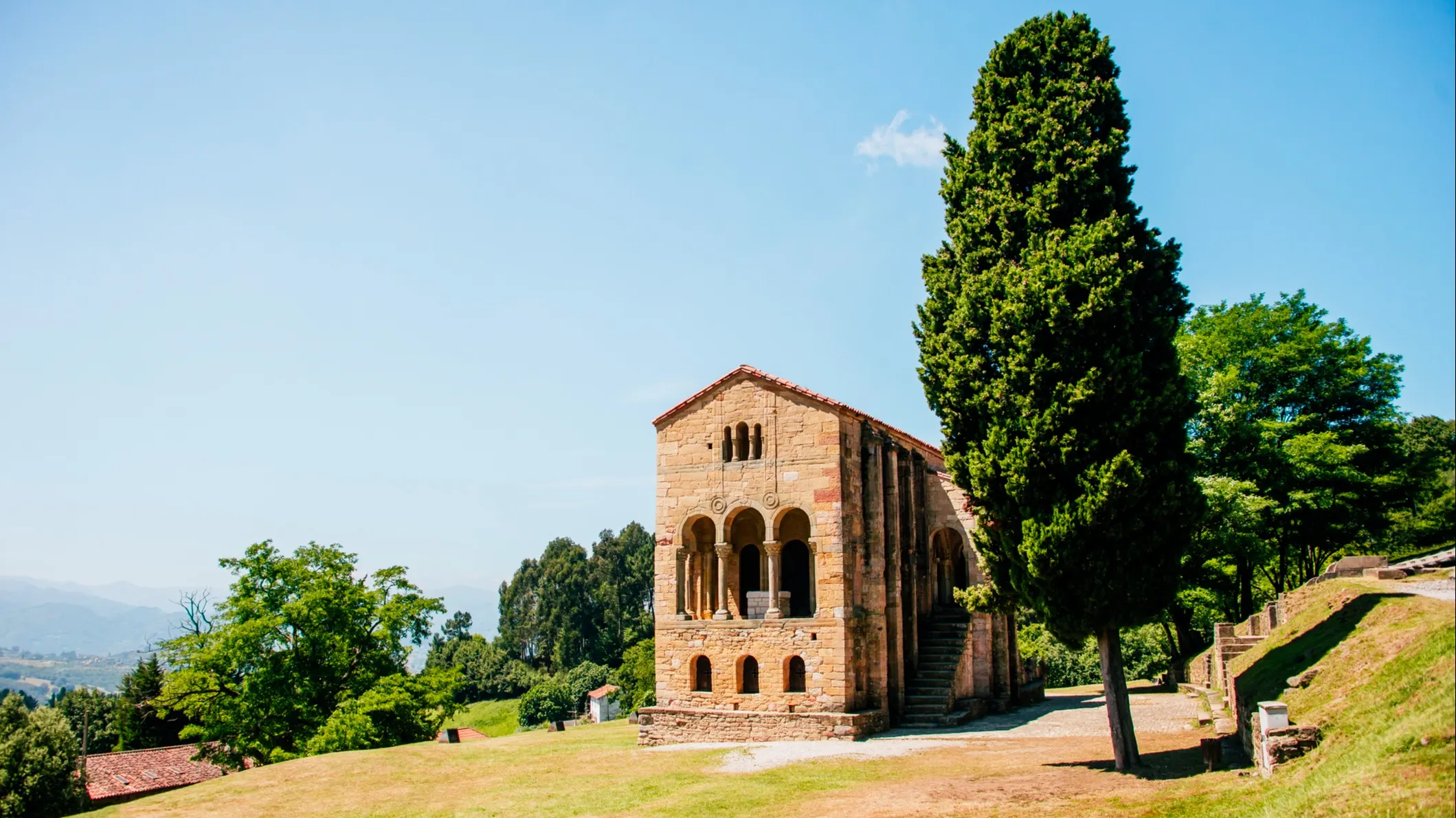
Santa Maria del Naranco
The church of St. Mary or Iglesia Santa Maria del Naranco features pre-Romanesque art. It is located 1.8 miles from the center of Oviedo and was the palatial residence of King Ramiro I of Asturias. But later on, it was transformed into a church and became a pre-Romanesque art symbol in the Iberian Peninsula. Stopping by during the evening is more special as the stars add to the area's appeal.
Oviedo Cathedral
Oviedo Cathedral is an iconic representation of Spanish Gothic architecture, but it also exemplifies Baroque and Renaissance elements. Its construction began at the end of the 13th century in honor of San Salvador. By the second half of the 16th century, the construction was complete. One of the most striking chapels within the cathedral is the Capilla de Santa Barbara. The gothic tower was one of the last additions to the cathedral during its construction. The five main pieces of the tower capture the attention of each visitor, making them look towards the sky. Oviedo Cathedral takes pride in being a part of the UNESCO World Heritage Site of Monuments of Oviedo and the Kingdom of the Asturias.
Oscar Niemeyer International Cultural Centre
If you're seeking an extra interesting cultural attraction in Asturias, Centro Niemeyer will meet your expectations. This cultural center was designed by the modernist architect Oscar Niemeyer. It hosts exhibitions, concerts, plays, films, dances, and even gastronomic events. The center features various architectural spaces that have distinct functionality, including its restaurant overlooking the entire city. The building features a modern style with an exceptional curve design. Hollywood stars Brad Pitt and Kevin Spacey have visited the center, which increased its popularity.
Other Must-Visit Attractions
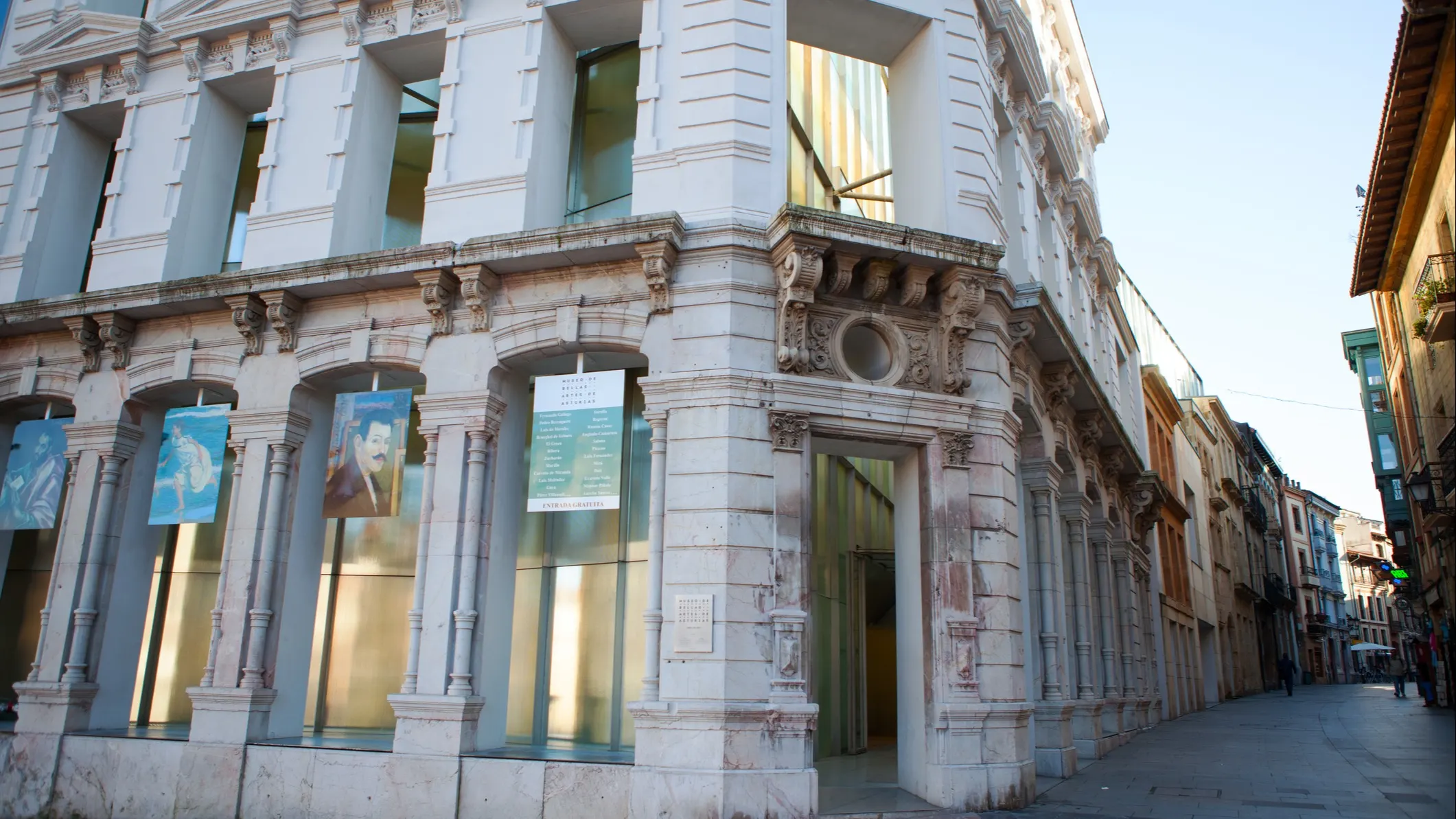
Asturias Museum of Fine Arts
Displaying some of the most admirable art collections in Spain is the Asturias Museum of Fine Arts. Its four-building complex houses 15,000 items, showcasing works by Spanish artists, including Miró, Dalí, El Greco, Goya, and Picasso. Extensive collections of drawings, photography, sculptures, and cinema posters can be seen here. Pieces by European Renaissance masters, Reubens and Titian, are also a treat for the visitors of this museum.
Jurassic Museum of Asturias
Be amazed at the collection of fossilized dinosaurs and other creatures at the Jurassic Museum of Asturias. It displays skeletons of many extinct animals discovered in the La Rioja and Asturias regions. The museum is believed to hold one of the world's largest and most complete collections of dinosaur remains. Thanks to the brilliant mind of architect Rafael Urribelarrea, the museum's bizarrely shaped copper-roofed building is also what makes the museum the talk of the town.
Mirador del Fitu
Mirador del Fitu is an old concrete watchtower and observation deck located on the hills of the Sierra del Sueve. It stands 3,642 feet above sea level and offers visitors a spectacular 360-degree view of the area. Atop the scenic balcony, your eyes can feast on a natural scenic lineup. It includes the rocky coastline of Asturias, the mountains of the Picos de Europa National Park, and towns such as Colunga, Ribadesella, and Villaviciosa.
Must-Try Food Selections

Don't let your trip in the Asturias region end without trying out its delicacies. Here are some of the dishes you should taste while in Asturias:
Fabada – a Spanish stew with large white beans, black pudding, ham, chorizo, pork, onion, and sweet paprika.
Mariscada – a generous seafood platter containing crabs, clams, lobsters, mussels, and more.
Tortos – a traditional Asturian dish which is corn fritters filled with paprika-seasoned ground pork and eggs.
Chorizo a la sidra – a quintessential Asturian bar food which is chorizo simmered in cider.
Cachopo – an Asturian specialty that consists of deep-fried beef cutlets stuffed with ham and cheese, paired with roasted red peppers and french fries.
Pastel de cabracho – an Asturias mouse made from scorpionfish, cod, hake, or redfish with onions, celery, and cream.
Arroz con leche – a thick and creamy rice pudding with lemon rind, cinnamon sticks, and blow-torched sugar.
Moscovitas – chocolate-dipped cookies with crunchy toffee, toasted Spanish almonds, and bitter chocolate.
Frixuelos – a typical dessert in Asturias, which is a hot crepe rolled in sugar and traditionally filled with apple compote.
Cabrales – not a dish, but the world's finest blue cheese, locally made in Asturias, is worth a try!
Must-Try Drinks

Asturias is known for its cider. Sidra, or the Asturian cider, which is made from local apples, is considered an art in the region. This kind of cider is not like any other cider. The acidity of the apples is very strong, and the drink doesn't have any gas. It is poured from a great height to increase aeration, bring more life, and boost the drink's galvanizing characteristics. A bottle of cider is best shared with companions. Also, it would be best if you asked an expert pourer before starting to drink to give respect to the local culture. Tourists are given a chance to learn how to pour cider in an escanciada style.
Albariño wine is also a drink you should not miss in Asturias. Its taste lies between sweet and acidic. This light, refreshing drink works perfectly with seafood. For coffee lovers, you can quickly get a cup or two from the streets in Oviedo. Coffee in Asturias is best paired with cured ham and cheese sandwiches, a slice of Spanish omelet, or other local snacks.
Featured Image Copyright: ©iStock/saiko3p
Get Your Free Spain Report Today!
Get Your Free Spain Report Today!
Learn more about the lower cost of living in Spain and other countries in our free daily postcard e-letter. Simply enter your email address below and we'll also send you a FREE REPORT — Live the Good Life in Sunny, Affordable Spain.

By submitting your email address, you will receive a free subscription to IL Postcards and special offers from International Living and our affiliates. You can unsubscribe at any time, and we encourage you to read more about our Privacy Policy.
